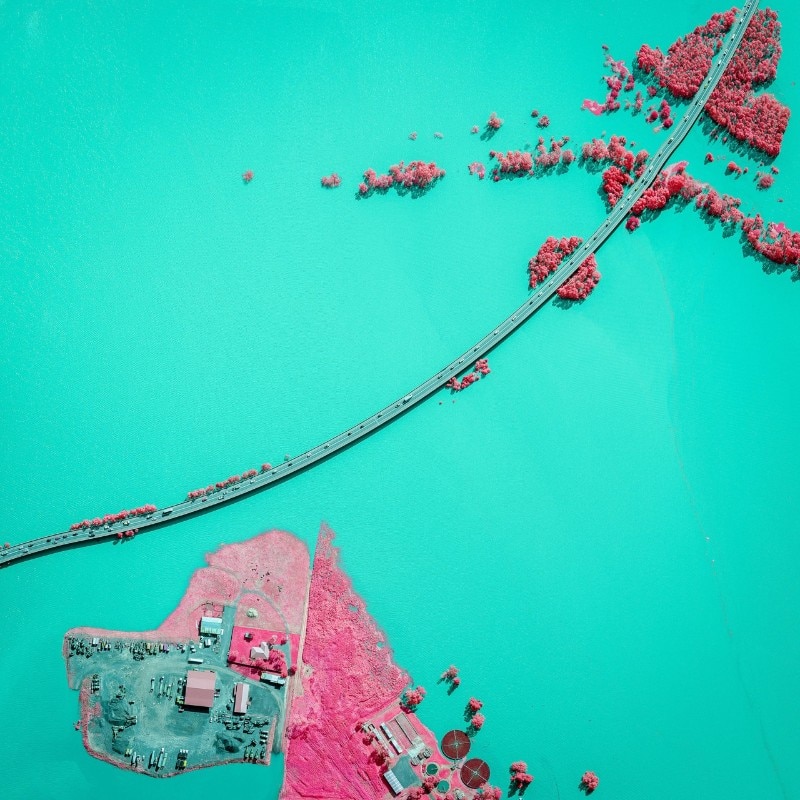The World Press Photo Foundation updated the entry rules to exclude AI-generated images. The decision quickly reverses an earlier decision to accept generative images as contest entries in its Open Format creative category. The quick change came after harsh backlash from photojournalists who argued that allowing AI-created images at all in a photojournalism contest contradicts the industry’s core values in documenting real-world events and would set a dangerous precedent.
“Thanks to the honest and thoughtful feedback over the past few days, we have decided to change the rules for the Open Format category in our contest to exclude AI-generated images,” said the World Press Photo Foundation in a statement. “Both generative fill and fully generated images will be prohibited in the Open Format category (as was already the case in the other categories: Singles, Stories, and Long-Term Projects).”
The new rules specify that artists can’t enter AI-generated images in any contest categories, including the prestigious World Press Photo of the Year. AI editing tools, like those that provide automatic adjustments, are accepted for post-processing contest images created with lens-based cameras. Tools that introduce new information, like the generative fill in Adobe Photoshop or some Topaz AI software for enhancing resolution through generative AI, are banned.
With this decision, the World Press Photo Foundation is trying to establish clear ethical standards for photography in the AI era, ensuring photojournalism keeps providing an accurate representation of (what we collectively perceive as) reality, with a clear and stark distinction from AI-generated “art.”
The new guidelines are especially crucial as AI tools and enhancements increasingly find their way into camera software, particularly smartphones, such as the recent Pixel 8 and Pixel 8 Pro by Google.
The new Google devices have received backlash due to AI-based features that make it extremely easy to distort or modify a picture by changing the subject’s expression (e.g., adding a smile to a sad face) or quickly deleting people or objects from a scene. According to the most common photojournalistic standards, this kind of alteration wouldn’t be acceptable even if performed manually through traditional photo editing programs.
The World Press Photo has a long-standing specific rule about this, stating that “the content of a photograph must not be altered by adding, rearranging, reversing, distorting or removing people and/or objects from within the frame. There are two exceptions: (i) Cropping that removes extraneous details is permitted; (ii) Removing sensor dust or scratches on scans of negatives is permitted.”








